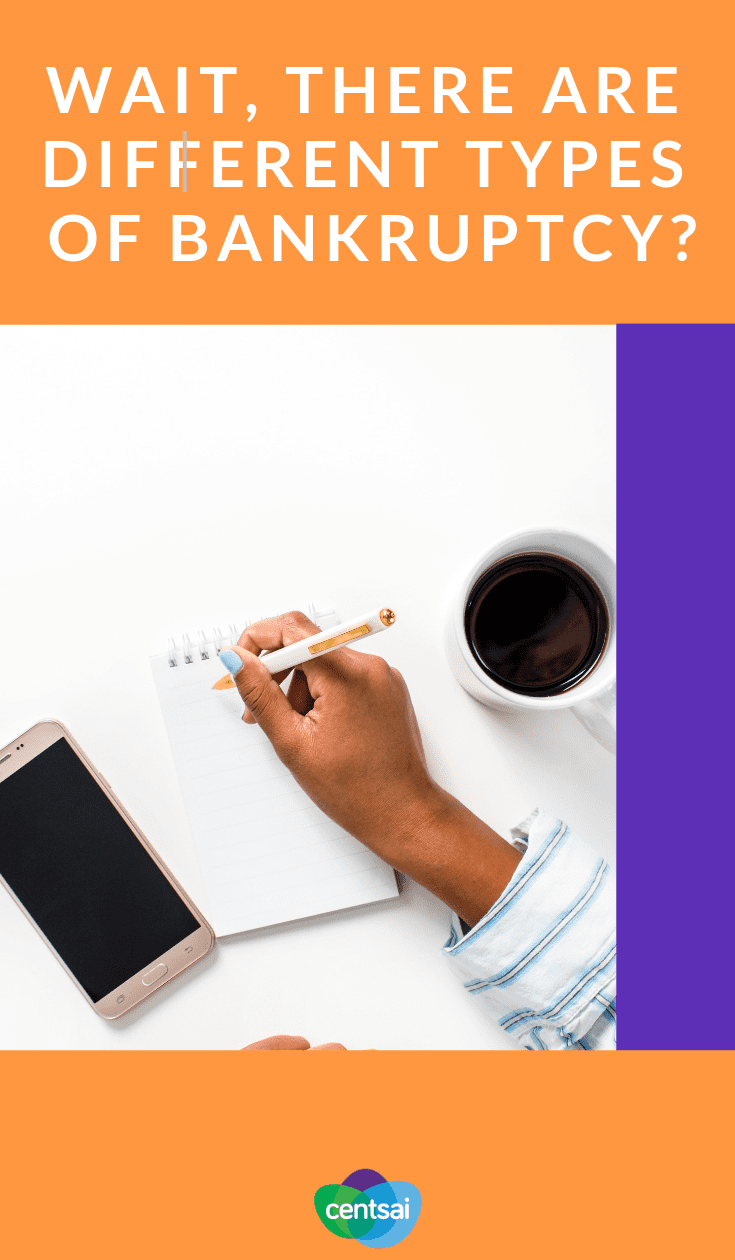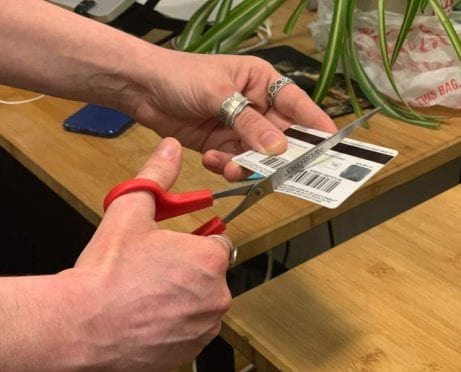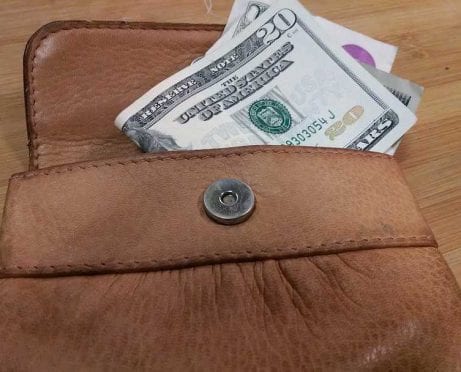
Eric Strausman
Managing your finances can be difficult. Sometimes you feel as though you have everything worked out, and then a major emergency completely ruins your finances.
For instance, if you ‘re uninsured and then have a major medical issue, it’s easy to end up with tens of thousands of dollars of debt. Unfortunately, major medical problems might mean you can’t work, either. In this case, it’s easy to see how you can quickly go from being in good financial shape to being on the verge of bankruptcy.
Chapter 7 vs. Chapter 13 Bankruptcy
But how exactly does bankruptcy work, and what should you know about it? There are two major types of bankruptcy that individuals can file: Chapter 7 and Chapter 13. Here’s what you need to know about each type and the differences between them.
Chapter 7 Bankruptcy
Chapter 7 bankruptcy is generally used to erase your unsecured debt. This includes debt on items such as credit cards, medical bills, and unsecured personal loans. However, only certain people qualify for Chapter 7 bankruptcy. In general, you qualify if you make less than the median income in your state for a household that matches your size.
You might also qualify for Chapter 7 bankruptcy if you meet the “means test.”
This is a complicated formula that might qualify you if you have a very small disposable income. If you make too much money or have too much disposable income to qualify for Chapter 7 bankruptcy, you might qualify for Chapter 13 bankruptcy. More on that in a minute.
During the Chapter 7 bankruptcy process, a bankruptcy trustee will sell any assets you own that exceed the exemptions offered by your state. Then the trustee uses those proceeds to pay back your creditors. For this reason, it typically makes more sense to file Chapter 7 bankruptcy if you don’t have many assets in excess of your state’s exemptions. If you have no nonexempt assets, there is nothing to sell.
Chapter 13 Bankruptcy
Chapter 13 bankruptcy may work for you if you don’t qualify for Chapter 7 bankruptcy because of your income. Chapter 13 bankruptcy is very different from Chapter 7 bankruptcy.
“Chapter 13 is more of a reorganization or consolidation of debts,” Mapes explains. “In a Chapter 13 bankruptcy, the debtor will make monthly payments to a trustee, and then the trustee will pay the creditors back a portion of what is owed to them. The debtor will have to make payments for a minimum of three years and a maximum of five years.”
The payment plan is usually based on your discretionary income. You’ll have to pay off certain debts, called priority debts, in full.
These include things like child support, tax debt, and alimony. You’ll also have to keep paying your mortgage and car loan if you don’t want to give up your home or car. If you’re behind on these payments, you’ll have to catch up, too.
However, you might not need to repay unsecured debts in full. You’ll have to pay only an amount equal to your leftover discretionary income during the payment plan.
While you can keep all of your assets when filing Chapter 13 bankruptcy, you’ll have to pay your creditors an amount equal to any assets above and beyond what your state’s exemptions allow for.
 Pros and Cons of Chapter 7
Pros and Cons of Chapter 7
The obvious benefit of Chapter 7 bankruptcy is erasing your qualified unsecured debt. With the debt erased, you will no longer suffer under the heavy burden of the monthly payments you used to have to make. Another benefit of Chapter 7 bankruptcy is the process is faster than Chapter 13 bankruptcy. It’s “over in six to eight months,” says Jeffrey D. Mapes, J.D., a board-certified bankruptcy attorney.
Unfortunately, Chapter 7 bankruptcy comes with a large downside, too. Namely, it will remain on your credit report for 10 years and severely damage your credit score in the beginning. This can make it difficult to get loans after you emerge from bankruptcy. You can work to rebuild your credit, but it will take time.
Pros and Cons of Chapter 13
Chapter 13 bankruptcy can help people with high incomes or important assets, such as a home or car, get debt relief and keep their assets. Unfortunately, you’ll have to make payments according to the three- to five-year repayment plan.
As with Chapter 7 bankruptcy, Chapter 13 bankruptcy will have a large negative effect on your credit. Chapter 13 bankruptcy will stay on your credit report for seven years. The negative effect on your credit score will make it harder to take out loans or result in higher interest rates on loans you do qualify for.
You Might Want to Hire Help
Bankruptcy isn’t something to take lightly. While you could fill out the paperwork and file for bankruptcy yourself, the process is extremely complex. If you qualify for Chapter 7 bankruptcy, you should check out Upsolve, a service that helps low-income individuals file Chapter 7 bankruptcy. If you qualify, you might be able to get free help. However, if you don’t qualify, you might want to hire a lawyer to help.
Chapter 13 bankruptcy has even more moving parts than Chapter 7 bankruptcy. Good bankruptcy lawyers may be able to save you money and prevent huge headaches by helping you strategize your case. They’ll also make sure you don’t make any mistakes when filling out the complex paperwork.
“Technically you do not need a lawyer to file bankruptcy in the same way that technically you don’t need a dentist to pull a tooth. The difference is if you try it yourself, there is probably going to be a lot more pain,” says Mapes. If something pops up that you weren’t aware of, it could completely derail your bankruptcy case.
Even if you qualify for Chapter 7 or Chapter 13 bankruptcy, it might not be the best option. Make sure you explore alternatives in detail before filing.






![[VIDEO] How to Repair Credit in 7 Steps](https://centsai.com/wp-content/uploads/2018/10/How-to-repair-credit-Eric-Strausman-e1562774847453-461x372.jpg)



